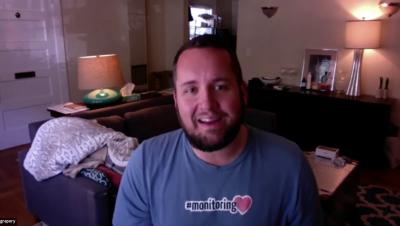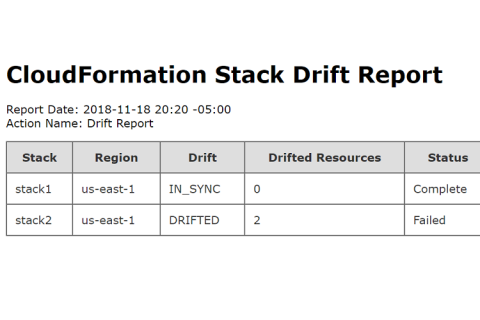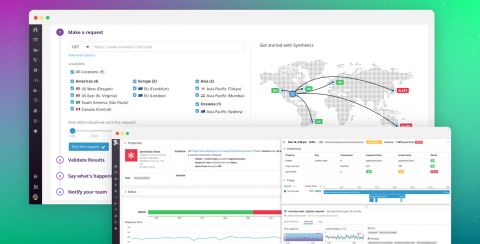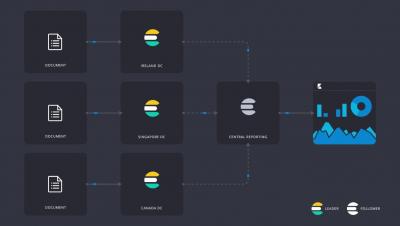Operations | Monitoring | ITSM | DevOps | Cloud
%term
What is MTTR ? - Key Incident Recovery Metrics to Reduce Downtime
CloudFormation Stack Drift Report Action
Last week, AWS announced a fantastic new feature for AWS CloudFormation, CloudFormation Drift Detection. Drift detection allows you to determine whether the AWS resources controlled by your CloudFormation stacks have drifted from their original configuration. This can happen if you manually adjust properties of your AWS resources. Today, we’re excited to announce a new action to report on your CloudFormation drifted stacks: CloudFormation Stack Drift Report.
Scheduling Java tasks with Quartz Scheduler
There are specific cases that require a greater level of control and detail in scheduling tasks. Of course this is possible with Java’s TimerTask, but the work would be a bit more arduous and perhaps even unnecessary since we already have APIs ready for such a task, as is the case with the Quartz Scheduler.
Panda All Around
A look inside our Product Management Craft Conference
WAG Gets a Unified View of Data with Sumo Logic
Introducing Datadog for serverless
To make serverless architectures more observable, we’re excited to introduce the new Cloud Functions view in Datadog. You can now search, filter, and explore all your AWS Lambda functions in one central view, and dive straight into detailed performance data that is scoped to a single function. The Cloud Functions view brings together Lambda metrics and logs with distributed request traces from your functions, which are now available in Datadog thanks to our new integration with AWS X-Ray.
Introducing Datadog Synthetics
Datadog is pleased to announce the upcoming availability of Synthetics, a whole new layer of visibility on the Datadog platform. By monitoring your applications and API endpoints via simulated user requests, Synthetics helps you ensure uptime, identify regional issues, and track application performance. By unifying Synthetics with your metrics, traces, and logs, Datadog allows you to observe how all your systems are performing as experienced by your users.











